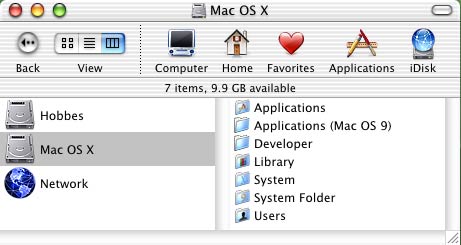

If you know that you want to go to a particular subfolder but you’re not sure of the entire path, type a slash at the end of the first folder name. For example, in the Documents directory on my Mac (which I can get to by invoking the utility, typing docu, and pressing Return), I see the following subdirectories (folders): The documents folder contains many other subfolders There is a hierarchy of subfolders in many Finder folders. This is visible in the first screenshot in this article.

At the top level are the hard drive (usually named Macintosh HD) and four folders: Users, Applications, Library and System. You can use Go to Folder at the top level of the file system by typing a slash ( / ). The utility uses autocomplete to speed entry Higher levels of the hierarchyĪs you see, this all depends on a knowledge of the Mac’s file system hierarchy. Autocomplete sometimes requires you to press the Tab key to complete the auto-typing. While typing the Downloads folder path, all I had to do is type down and then press Return. To speed things up, the function uses autocomplete. As an example, typing downloads switches to the Downloads folder. In the window that appears, type in the path to the folder you want to switch to. The purpose of Go to Folder is to redirect a Finder Window to another folder. In Monterey, this command displays a newly-redesigned window with rounded edges and shades the rest of the open Finder window: The new Go to Folder dialog in macOS Monterey While using the Mac’s Finder, you can either use the menu and select Go > Go to Folder, or type Shift-Command(⌘)-G. Longtime Mac users who have familiarity with the file system and where various items are stored love the quick access to folders provided by this function. There’s one very good reason to use Go to Folder: it lets you keep your hands on the Mac keyboard if you don’t want to be reaching for a mouse or trackpad all the time. One of those improvements is to the Go to Folder utility, so let’s see how Apple made it more useful. MacOS Monterey includes a lot of new features, as well as improvements to things that have been part of the Mac’s operating system since the beginning.


 0 kommentar(er)
0 kommentar(er)
